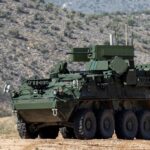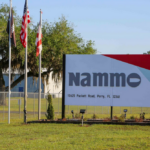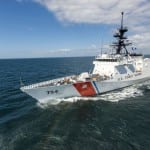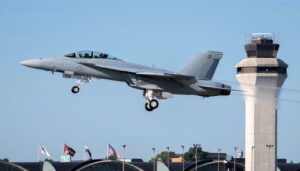
The Marine Corps and Office of Naval Research have extended their request for information (RFI) to industry on how to improve seabasing operations through future connector capabilities and improvements to interoperability among the current platforms, in the hopes of finding more capability-boosting tweaks hiding in plain sight. The RFI was originally set to expire on Aug. 29 but has been extended to Nov. 28, Jim Strock, director of the Marine Corps’ Seabasing Integration Division, told Defense Daily in an Aug.…













